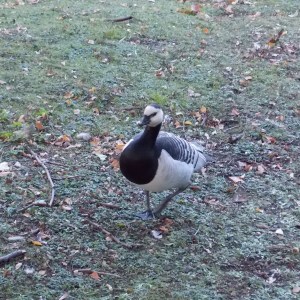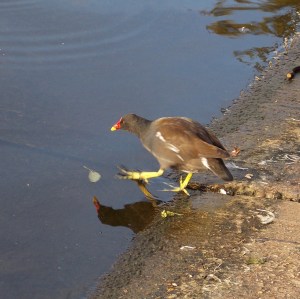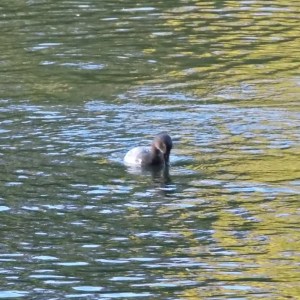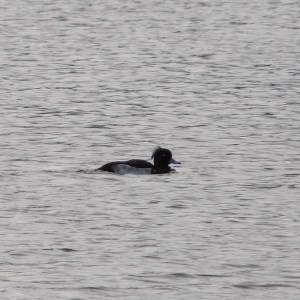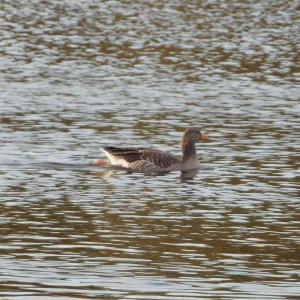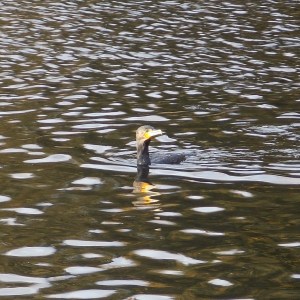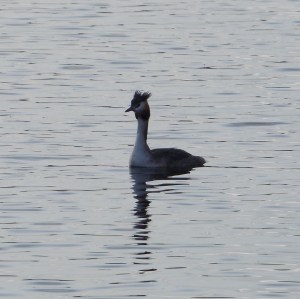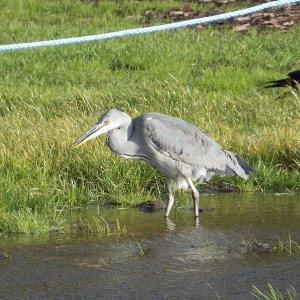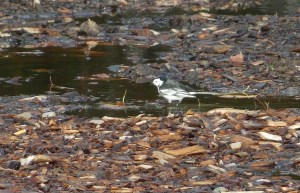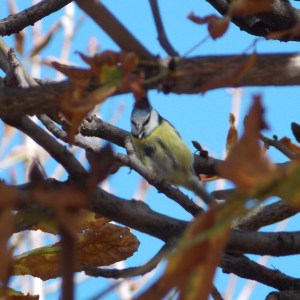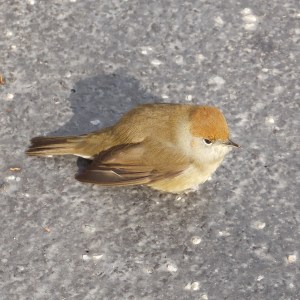Okay, sorry that by “tomorrow” I meant “in two days.” But here is part two of my European vacation. I saved some of the more interesting sights for last:
Cue the Barnacle Goose at Saint James Park in London. This was one of several species of water fowl that was difficult because the royal parks all have large collections of exotic birds, and both the wild and domestic birds are incredibly tame. After some research, I was comfortable with my decision that these birds were wild.
See the problem above for the same situation I had with the Common Moorhen. In North America, members of the rail family are so skittish that it was weird to be able to walk up these guys without them really caring.
Ditto above for the Eurasian Coot.
The Common Pochard is a diving duck with a good, solid French name. Fitting that I saw this one at Saint James Park in London.
Continuing with British waterfowl, we have the Tufted Duck at Hyde Park.
Also at Hyde Park (and elsewhere) were Greylag Geese. You have probably seen these domesticated in the US, but they are naturally occurring in Britain.
Also at Hyde Park was this Great Cormorant, who kept diving so much that I could barely get his photo.
Also at Hyde Park and also Great was this Crested Grebe.
Finishing out the water birds is this Grey Heron at, you guessed it, Hyde Park.
Onto passerine birds, but still in Hyde Park, is the White Wagtail. As far as I can tell, wagtails are named so because they wag their tail a whole lot. The Europeans are just as clever at naming birds as Americans!
Moving on from Hyde Park, this Blue Tit was found at Tuileries in Paris. They are related to North American Chickadees.
I spotted this Eurasian Jay outside of the Louvre one morning, and I am glad that this picture turned out to be one of the best of the trip, because it was the only one I got!
The last bird was kind of unique, and probably the least likely to be seen out of all that I observed in Europe. The Blackcap (this one’s cap isn’t black because it’s a female) is an old-world warbler . I found this one near the Eiffel Tower hanging out on the sidewalk dazed and confused after flying into a window. The bird was alive, so I can count it as a lifer even if it was slightly loopy. Despite the circumstances, it was still exciting to see because it’s definitely not a city bird.
That’s everything that was seen in Europe. I am excited to start birding again in Indiana, though, because eBird tells me that we are experiencing a larger than usual irruption of winter finches from Canada. I’m going to head back to Eagle Creek again this weekend for the first time in over a month. So, despite how great the trip was, it will be good to get back to some familiar surroundings.

